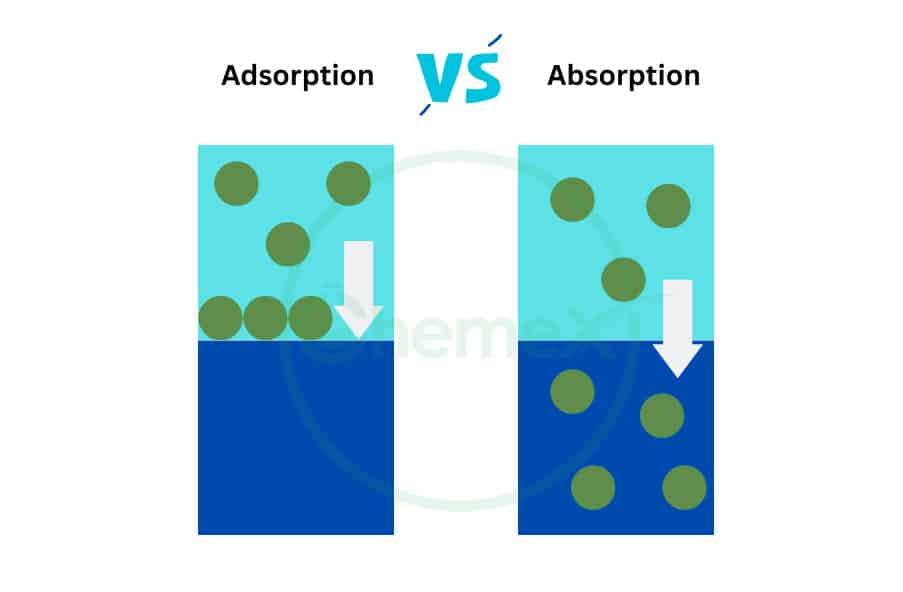In today’s world, it is essential to find an effective solution for removing harmful pollutants from water. During water treatment, we remove impurities from the water source and make it suitable for many applications. We can use activated carbon in air filters, too. In fact, many biological, chemical, and physical reactions take place during these processes. Using activated carbon filters in the water treatment process helps us remove unwanted particles easier. The question is, How? In this article, we will explore the process.
What is activated carbon filter?
Carbon water filters can absorb pollutants like benzene. The activation process takes place when you stream carbon at 1800 degrees and the surface increases by a few pores. An activated carbon filter contains granular activated carbon, which is briefly known as GAC. GAC itself comes from some raw organic materials that have a high amount of carbon (like wood, coal, or coconut shell).
Types of activated carbon
There are three types of activated carbon which are as follows:
- Powdered activated carbon (PAC)
- Granular activated carbon (GAC)
- Activated carbon fiber (ACF)
We use granular activated carbon filter (GAC) in drinking water treatment.
What is the function of carbon filter in water treatment?
Let’s get deep into the activated carbon filter’s working principles. In the adsorption process, particles stick to the surface of the other phase, while in the adsorption process, particles enter the other phase. The activated carbon filters work through an adsorption process.
 During this process, unwanted molecules bond with the surface of the activated carbon water filter or trap in the small holes.
During this process, unwanted molecules bond with the surface of the activated carbon water filter or trap in the small holes.
“Activated carbon treatment at water treatment plants is typically installed to provide removal of natural organic compounds, taste and odor compounds, and synthetic organic chemicals.”
Effective factors on the activated carbon capacity
There are several factors that can affect the capacity of activated carbon.
- The size and the number of pores: for example, if there are more pores on the carbon’s surface, it can bond with more molecules, increasing its capacity.
- The presence of functional groups on the surface of activated carbon is also related to increasing capacity.
- The contact time between molecules and activated carbon The longer it takes for the molecules to pass through the activated carbon, the better filtering gets done.
- However, if we have a high concentration of pollution, it takes less time for the unwanted molecules to bond with the surface of activated carbon.
Activated carbon filter used in in water treatment
Using an activated carbon water filter improves the quality of water through several processes:
Removing heavy metals
There are some compounds that can affect the color and odor of water. Activated carbon can not only bond with them but also remove heavy metals. Heavy metals are elements that may have a dangerous effect on human health. For example, lead is one of the heavy metal elements that can affect humans nervous systems. Or cadmium exposure may cause kidney damage.
Improve the taste and smell
Volatile organic compounds (VOCs) can cause an unpleasant smell and taste in the water, while activated carbon is able to remove most of the VOC molecules from drinking water. So it plays an important role in both drinking water and waste water treatment.
Elimination of chlorine
Some industries add chlorine to water to kill microorganisms. It is an effective material for killing bacteria, but chlorine can leave an unpleasant odor and taste in the water. Using an activated carbon filter is effective for the elimination of chlorine.
Disadvantages of activated carbon in water treatment
Carbon filters cannot remove some materials, such as nitrates and some microbes. That is the reason why some industries use it with additional filters.
Conclusion
Due to the activated carbon filter price, it is economical to use activated carbon filters for water treatment. Carbon filters can be derived from materials that contain a high amount of carbon, for example, charcoal. After heating the charcoal water filter, the surface pores increase, and we have an activated charcoal filter, which is more effective in water treatment. It is interesting to know that many people use activated carbon filters for aquariums.
Frequently asked questions
How does activated carbon work?
The activated carbon filters work through an adsorption process. During this process, unwanted molecules bond with the surface of the activated carbon water filter or trap in the small holes.
Is activated carbon a good filter?
Using an activated carbon water filter improves the quality of water by removing heavy metals, eliminating chlorine, and improving taste and smell. However, it is not able to adsorb nitrate.
Is activated carbon filter same as charcoal?
No, activated carbon comes from some raw organic materials that have a high amount of carbon (like wood, coal, or coconut shell). If we make it charcoal and heat it, then we have an activated charcoal filter.
Does activated carbon lower pH?
Yes, the functional groups on the surface of activated carbon decrease the pH level.





